How to remove liquid wallpaper from the wall: instructions
How to remove liquid wallpaper from the walls? This type of wall covering appeared relatively recently for interior decoration and immediately gained popularity for its beautiful appearance and high technical characteristics. But, like any material, liquid wallpaper has its own life, which requires restoration, and sometimes complete removal of the coating.
If the application on the walls is described in detail by the instructions for use, then not many know how to remove the wallpaper. How to do this, the article will tell.
The content of the article
Features of liquid wallpaper
Liquid wallpaper for wall decoration resembles decorative plaster, the basis of which are:
- Natural cellulose fiber.
- Glue CMC, for fiber bonding.
Using this material, you can create smooth, with a beautiful, slightly rough relief surfaces, soft to the touch.
Wherein:
- The golden web in the composition of liquid wallpaper transforms the design of any interior, gives the room:
- luxury;
- elegance.
- For avant-garde lovers, the ideal option is to use a combination of trellises with different color spots.
- For business style, strict gray tones are perfect.
The main properties of liquid wallpaper for wall decoration are:
- High level of heat and sound insulation, which provides a microporous trellis structure.
- Antistatic propertiesthat prevents dust settling. This is due to the natural origin of the components of the material, which have a neutral electric charge.
- Do not create a greenhouse effect and do not allow the formation of moisture, well hide cracks and other wall defects.
- High fire safety, which does not allow the spread of fire and does not emit toxic substances into the air.
- Light fastness.
- Do not absorb odor.
- Ease of use. The liquid composition does not need to be measured and cut off, the appearance of seams is excluded during decoration.
- Good elasticity allows trellis to fit snugly into platbands, skirting boards, and fill gaps.
- Wallpapering can be done partially, removing the contaminated layer, and apply the new composition only on a certain surface area.
How to prepare a room for stripping
A new coating should not be applied without getting rid of the old one.
This can lead to:
- To the accumulation of bacteria and mold on the available wallpaper and under it. You can get rid of plaque only by applying special means, but their effectiveness can be achieved only by removing the old material.
- To the appearance of bumps, which will be too noticeable on the new finish.
Before removing liquid wallpaper, some measures should be carried out:
- Masking tape seals plinths and baguettes.
- Sockets and switches are protected to prevent dust and moisture from entering them.
- The film covers furniture and all interior elements.
- The power goes out.
Tip: If the composition of the material includes viscose fibers, the wallpaper should be removed by normal wetting, and then used to decorate other sections of the wall. When using wet wallpapers that look similar to ordinary decorative plaster, they cannot be reused, and a special tool will be needed to remove the material.
To carry out the work you will need:
- Plastic film for covering the floor.
- Drywall cutting knife.
- Capacity with warm water.
- Sponge for applying water to liquid wallpaper.
- Steam generator, reduce the time for removing wallpaper.
- The special tiger spatula, in appearance, is a roller with needles.
- Metal scraper.
- Masking tape to protect skirting boards.
To soften the wallpaper, you can apply:
- Water to which ordinary liquid soap or dishwashing liquid has been added. Moreover, it is bred in the ratio:
- one liter of water;
- 2 tablespoons of the product.
- A special liquid for removing wallpaper, which allows the wallpaper to easily move away from the walls.
Tip: When purchasing funds, you should choose them without the presence of harsh odors and solvents.
- Vinegar solution: approximately 60 milliliters of table vinegar is diluted in 6 liters of water. About 60 milliliters helps to improve the effectiveness of the solution by adding about 60 milliliters to the dishwashing detergent or linen conditioner, for automatic washing machines.
How to remove liquid wallpaper
You can clean the wall of such a coating with your own hands in several ways:
- Metal scraper. For this:
- a tool over the entire surface of the applied coating, cuts are made;
- the walls are moistened with a sponge in warm water;
- after 15 minutes, the material loses its strength;
- You can start with a spatula to remove liquid wallpaper.
Tip: You won’t be able to completely remove the entire finish immediately; it can be dismantled in small pieces. The remaining small “islands” of the coating must be moistened again with water, to which vinegar is added to speed up the process.
- Special chemicals added to water. After softening the coating, after about 2 minutes, it is easily removed with a spatula.
- Wallpaper can be quickly removed with the same composition with the addition of wallpaper glue. After application, the composition should dry, and you can start removing the coating, moving away from the walls, it will be large pieces.
- When removing liquid wallpaper from drywall, the main thing is to leave the wall surface of the gypsum board unharmed (see Facing walls with plasterboard sheets in different ways) Wallpaper glue is best for this.
- Using a steam generator, as in the photo.
Under the influence of hot steam, the coating softens in a short time. But when covering the walls with liquid wallpaper, the use of water, which moistens the surface, gives a greater effect.
- The material can be removed with a fur roller previously moistened in water. This liquid application technology is the most efficient and less labor intensive.
- When covering the walls with liquid wallpaper (seeFinishing with liquid wallpaper: choose and apply correctly), when removing them, it is necessary that the water, after application to the coating, remain as long as possible on it. In this case, it is necessary to add any thickeners to the water that do not allow the liquid to drain immediately after application to the walls.
- The applied liquid wallpaper in a thick layer, is treated with water in several stages:
- water is applied to the walls, it remains on them for several minutes to absorb;
- the first layer of wallpaper is removed with a spatula;
- water is once again applied to the walls;
- The procedure with a spatula is repeated.
The cycle resumes until a rough finish is obtained. After such removal of wallpaper from the walls, their remains can be collected and then reused in another room or in the country. In this case, the repair price will be much lower. The collected material for reuse must be placed in a container, diluted with water and mix well.
What is liquid wallpaper, how to remove them from the wall in more detail will show the video.
How to mechanize the process of removing liquid wallpaper
It is rather difficult to manually remove the coating after:
- The use of very high quality glue.
- Coloring the walls.
- Applying them to a painted wall without having pre-treated the surface.
To remove in such cases, you can apply:
- Industrial dryer. In this case, hot air penetrates from the dryer to the very base of the material and softens it.Then the scraper finally removes the coating. This is a lengthy process.
- Grinding machine. It is necessary to press such an instrument to the wallpaper with effort, which requires considerable physical strength.
- A grinder with a special nozzle and a fairly strong body. The process of removing wallpaper is faster, but you need to work with it very carefully so as not to injure yourself.
How can wallpaper not be deleted, but masked
There are times that it is very difficult to remove the coating. Then you can make it so that you can apply a new finish.
For this:
- The entire surface is sanded with sandpaper, a grinder with a nozzle, a grinder. The protruding elements are smoothed out.
- Apply the primer, then putty (see How to putty walls in different versions).
- The dried surface can begin to finish further.
Tip: If the walls with liquid wallpaper are smooth, before applying other similar materials to them, you should go over them with a needle roller or knife. The appearance of roughness will improve the adhesion of the new material to the surface of the wall.
Properly applied liquid wallpaper can transform the design of any room.
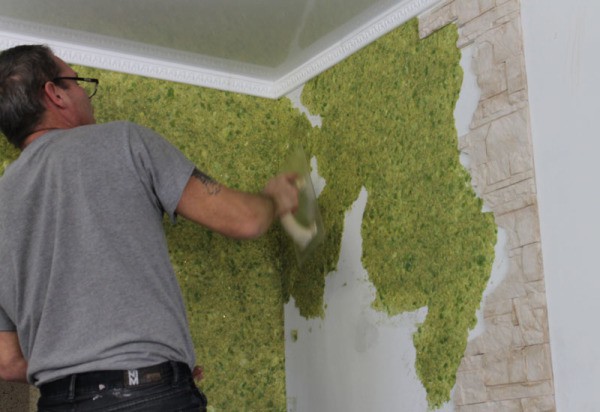
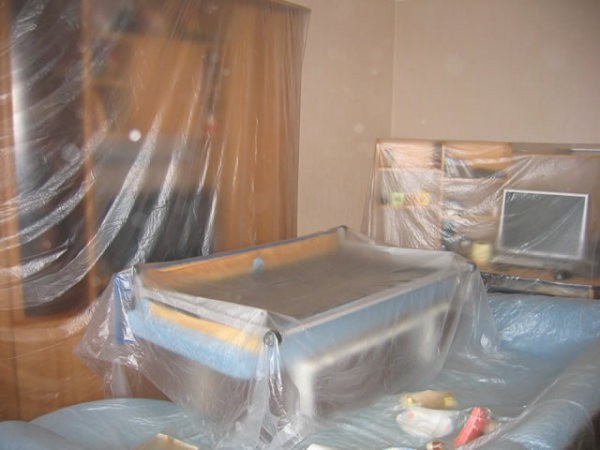

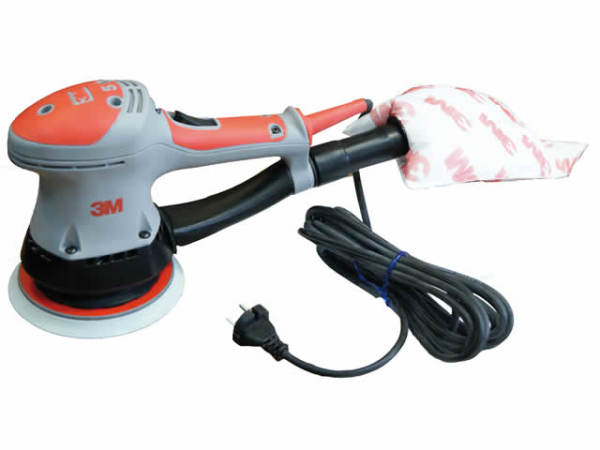
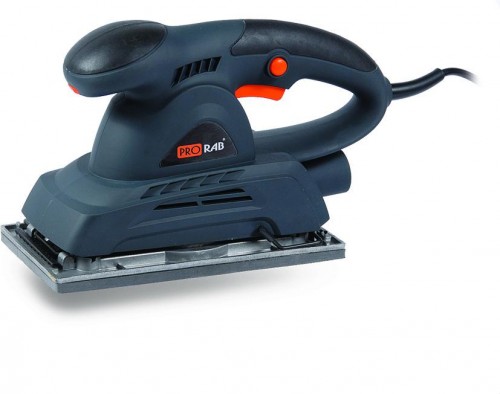
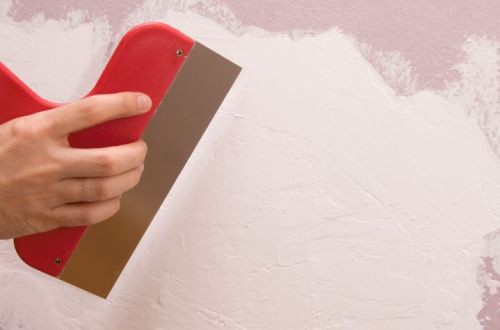

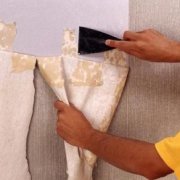
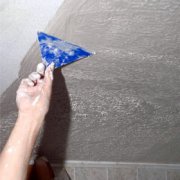
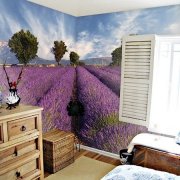
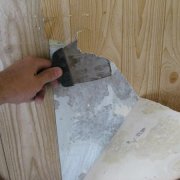
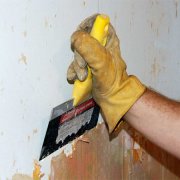
At my place, the best way to remove liquid wallpaper from the wall is my cat. But what good is liquid wallpaper - any badass - we take either a wet rag or just a palm. slightly wetting the stolen place we pressed a little - and the wall with liquid wallpaper is like new. Exceptionally fine material for the job. They look great on the wall and it’s easy to take pictures - they are wet, they wait, and they are neatly raked with a spatula.